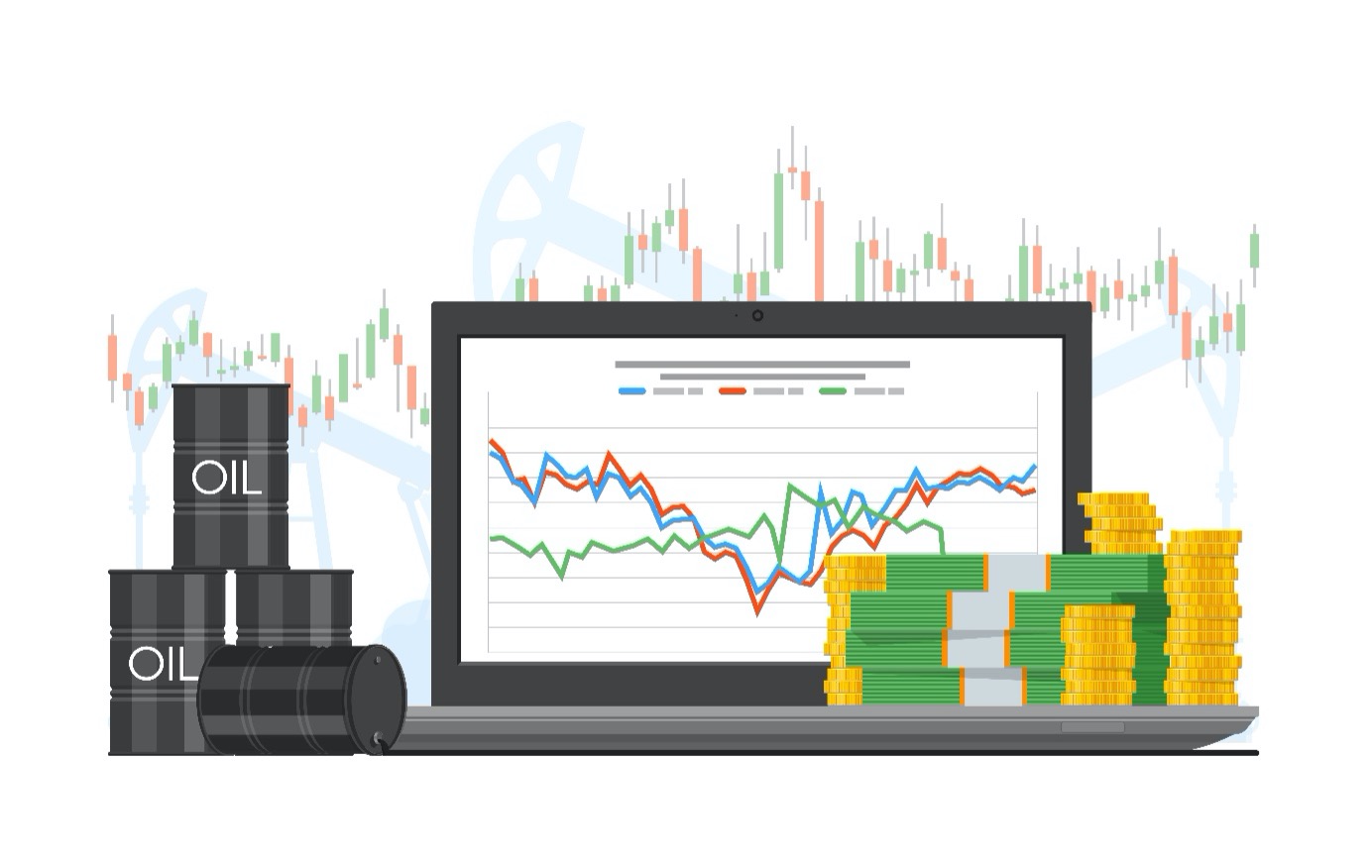How to Trade Oil: Strategies for Beginners
There are many ways in which a new trader can gain exposure to the oil market. As one of the most liquid of commodities, with billions of dollars’ worth traded each day, trading oil can offer excellent opportunities for profit. But like all investments, oil trading comes with its risk, and ranges from direct to in-direct investment. In this guide, discover how to begin trading oil, and some strategies that you can go on to adopt for trading success.
How does oil trading work?
The first thing to understand as a beginner is the fundamentals of oil trading. In simple terms, trading involves the buying and selling of oil with the aim to make a profit. There are different types of oil available to trade in, as well as oil-linked assets and financial derivatives. The major global oils are used as key benchmarks for the price of oil and include: Brent Crude, West Texas Intermediate and Dubai/ Oman Crude.
As a physical asset, and essentially a finite resource, the price movement of oil is mainly reliant on the changes in supply and demand. A rise in supply, but a lack of demand will see prices fall, but in the opposite circumstances, prices will rise.
What are the ways to trade oil?
The most common form of oil trading is when investors take a position on whether the future price of oil will rise or fall. But there are several different ways in which this position and speculation can be done:
- Oil Futures
Like the name suggests, these are transactions that take place in the future. They take the form of a contract, which is agreed upon between producers and consumers, and in which the cost of the oil is a set price, with a set quantity, and with the exchange to take place on a future date. The price is fixed, regardless of any other changes to the public value of oil. This is the most common form of oil trading, and allows for better management of expenses, costs and budgets for all involved. When speculating on oil prices, such as when trading oil on Plus500, you are most likely trading on the predicted price movement of oil futures.
- Oil CFDs
As a relatively volatile market, oil-centric contracts for difference (CFDs) are a popular choice for traders, as there is no need to own the underlying commodity and offers the opportunity for leveraged trading. CFD trading involves taking a long or short position on the price movement within the oil market, opening a buy or sell position accordingly. The advantage of oil CFDs compared to futures, is that oil futures tend to expire at the end of the month, whereas with CFDs, positions can be opened and closed at any time, without any expiration dates.
- Oil Options
Similar to that of futures, oil options give the right to trade a set amount of oil at an agreed price on a future date, but with no obligation to carry out the exchange. It means there is the option to trade at a later date at this predetermined price, but with no commitment to buy, so the oil option can simply expire. An initial upfront fee of the contract could be lost, but it allows companies to look elsewhere on the market for a better price per oil barrel.
For investors there are two types of options, known as calls and puts. If you are speculating that the price of oil is going to rise, you would buy a call option. On the other hand, if you believed it would fall, you would buy a put option. There is also the opportunity to sell call and put oil options, if you are taking the opposing position. This type of trading is reliant of the movement of the market going in your favour and is deemed as a high-risk investment, so best suited to more experienced traders.
What are the strategies for trading oil?
There are several oil trading strategies for a beginner, but in general it should involve a holistic approach; this means understating the factors of supply and demand, the impact of geopolitical and environmental events, as well as analysing relevant charts, and using economic and technical indicators.
Levels of supply and production against global demand, the interest rates and policies around oil, as well as other economic figures, such as gross domestic product, can all be used as economic indicators. Other analysis can involve the popular technical indicators, Moving Average Convergence Divergence (MACD), the Relative Strength Index (RSI) and Bollinger Bands.

